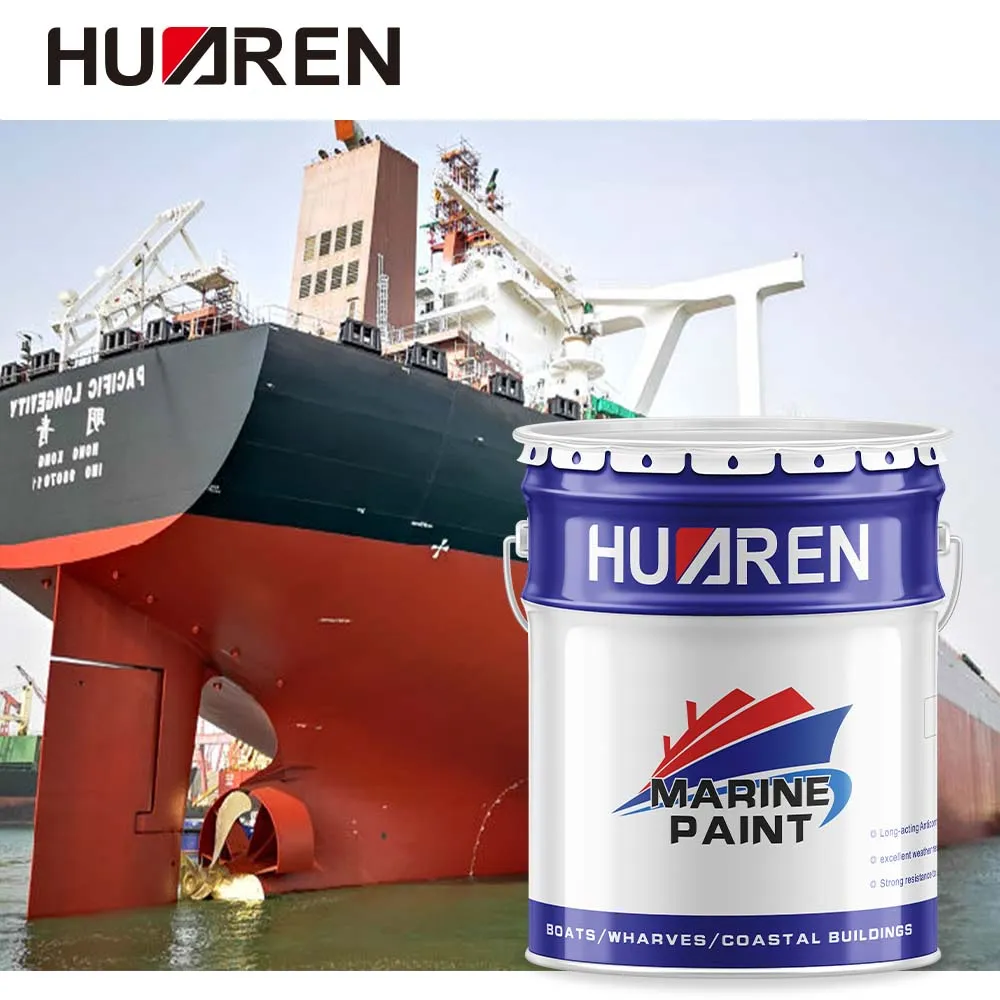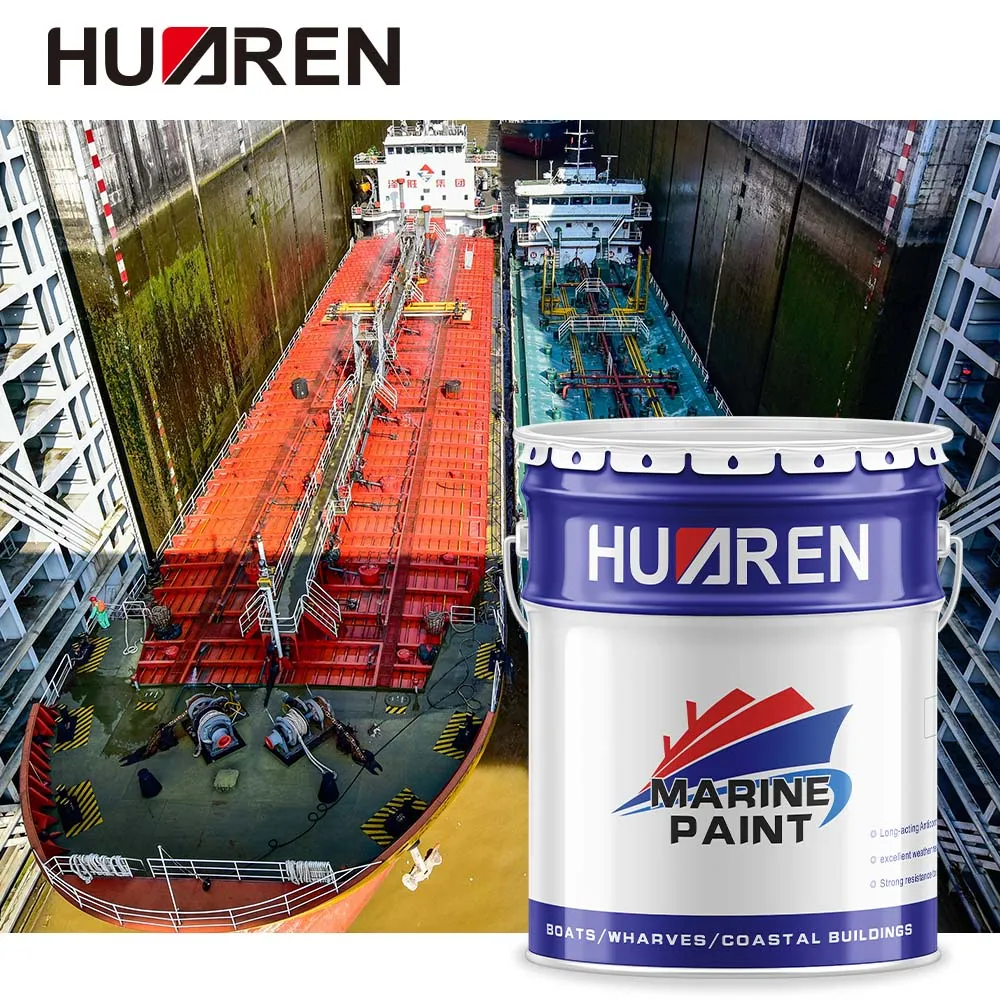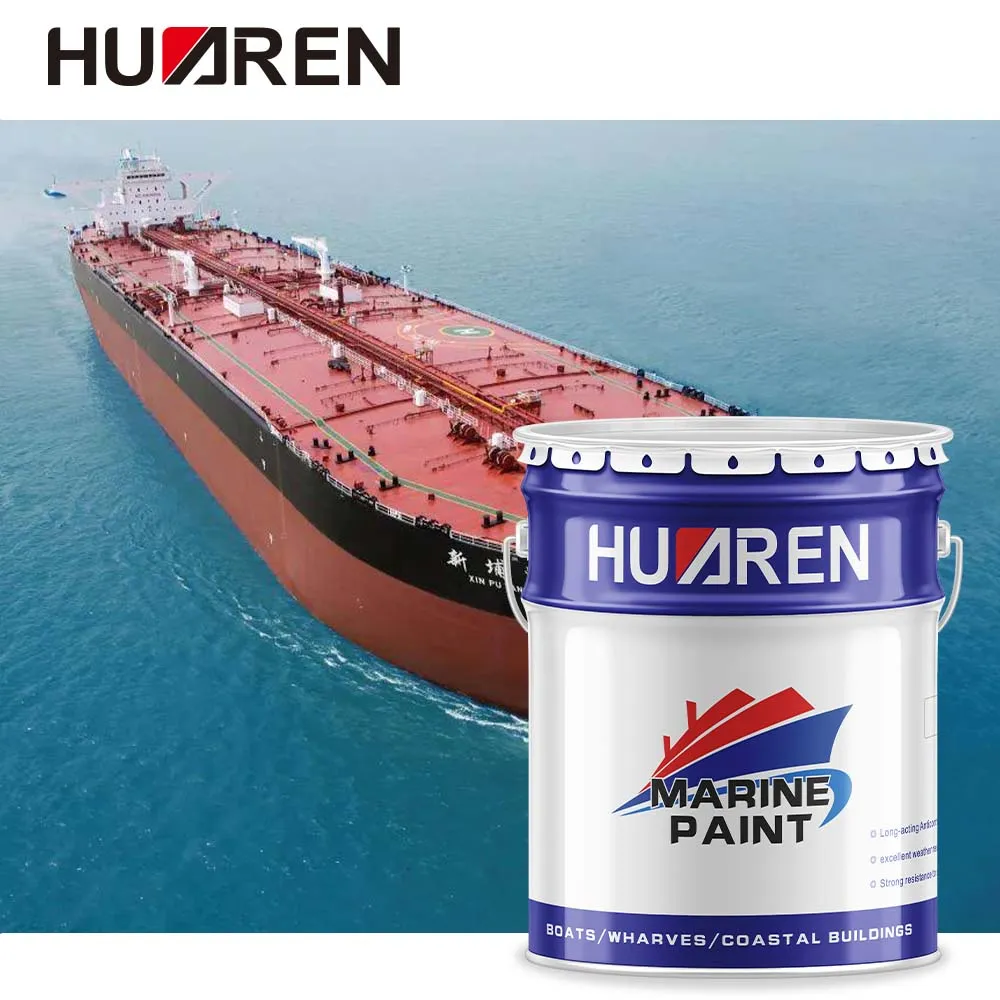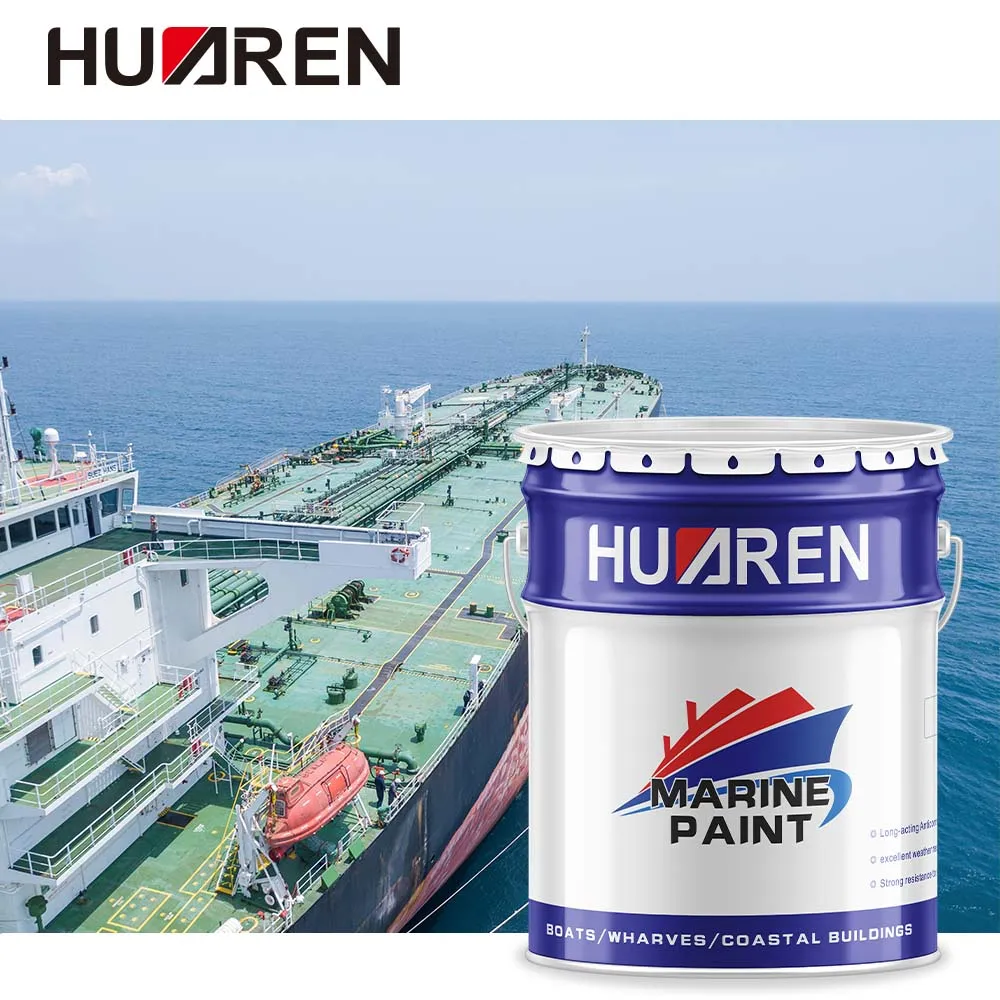In the shipping industry, antifouling boat paint is a vital coating that can effectively prevent marine organisms from attaching to the bottom of the hull. Marine organisms such as algae, shellfish, plankton, etc. will attach to the bottom of the ship, increase the water resistance of the ship, reduce the speed, thereby affecting fuel efficiency and increasing maintenance costs. Therefore, applying antifouling paint is an indispensable part of all ship maintenance work.
However, after applying antifouling paint to the ship, many ship owners or ship maintenance personnel will have a question: How long after the paint is applied can the ship be put into the water? This question seems simple, but it actually involves multiple factors, including the drying time of the paint, the curing time, the coating thickness, environmental conditions, etc. This article will discuss in detail the various factors that affect the drying and curing of antifouling boat paint to help ship owners and ship managers better understand this process, so as to ensure the effectiveness and durability of antifouling boat paint.

What is the role of antifouling boat paint?
Antifouling paint is a special paint applied to the bottom of the ship. Its main function is to prevent marine organisms from attaching to the hull. By forming a protective film on the bottom of the ship, antifouling boat paint effectively prevents the attachment of algae, shellfish and other marine organisms, which not only reduces the water resistance of the hull, but also reduces the fuel consumption of the ship and prolongs the service life of the hull.
The main components of antifouling boat paint include toxic metal ions (such as copper, zinc, lead, etc.) and polymers. Copper is a commonly used metal in antifouling boat paint. It interferes with the growth and attachment of marine organisms by slowly releasing copper ions. In addition, antifouling boat paint may also contain some chemical additives to improve its resistance to ultraviolet rays, hydrolysis and wear.
The types of antifouling boat paint can be divided into various types according to their chemical composition, function and use environment, such as self-polishing type, long-lasting type, non-toxic type, etc. Different types of antifouling boat paint also have different drying and curing times.

How long is the drying and curing time after applying antifouling paint?
Whether the boat can be put into the water immediately after applying the antifouling boat paint depends on the drying and curing process of the antifouling paint. Drying time and curing time are two different concepts, and understanding these two concepts is essential for correct operation and ensuring the effect of the paint.
1. Drying time
Drying time refers to the process by which the paint surface changes from a wet state when it is applied to a dry, non-sticky state. At this stage, the surface of the antifouling boat paint loses moisture and becomes hard, but the solvent inside may still not be completely volatilized. The drying time is usually short, generally between 2 hours and 12 hours, depending on the formulation of the paint, the thickness of the coating, and the temperature and humidity of the environment.
2. Curing time
Curing time refers to the process by which the chemical components (such as resins) in the paint are completely cured through chemical reactions to achieve the best wear resistance and antifouling effect. Curing usually takes longer, which may range from 24 hours to several days. During the curing process, the coating gradually reaches its maximum adhesion, hardness and antifouling properties.
For antifouling boat paint, curing time is crucial, because only after it is fully cured can the coating effectively resist the erosion of water flow, release copper ions or other antifouling substances, and exert its antifouling effect. The curing time is affected by many factors, including the thickness of the coating, the ambient temperature, humidity, and the type of antifouling boat paint used.

How long after applying antifouling boat paint can it be put into the water?
Generally, the drying time and curing time of antifouling boat paint determine the time when the ship is put into the water. For most antifouling paints, it takes at least 24 hours for the ship to be put into the water after painting, but this time is not absolute. The specific time should be judged according to the following factors:
1. Type of paint
Different types of antifouling boat paint have different drying and curing characteristics. For example, self-polishing antifouling paint usually takes a long time to fully cure because its coating is gradually worn away and releases active ingredients through reaction with water; while some long-lasting antifouling boat paints may take longer to fully cure to ensure a long-term antifouling effect.
2. Environmental conditions
Environmental conditions have a significant impact on the drying and curing process of the paint. An environment with higher temperatures and lower humidity helps the paint dry and cure quickly, while in cold, humid environments, the drying and curing process of the paint may be prolonged. Therefore, when applying antifouling paint, the time for painting and immersion in the water should be appropriately adjusted according to local climate conditions.
● Temperature: Warm environments (about 15°C to 25°C) generally help the paint dry and cure quickly. In low temperature environments, the curing time of the paint may be significantly prolonged.
● Humidity: The drying process of antifouling boat paint may be inhibited when humidity is high, so in seasons or environments with high humidity, additional time is required for the coating to dry and cure.
3. Coating thickness
The thickness of the coating has a direct impact on the drying and curing time. Thicker coatings take longer to completely dry and cure, so if the antifouling boat paint coating is thick, it is recommended to extend the time the boat is placed in the water. Generally speaking, thinner coatings will dry and cure faster, while thicker coatings will require additional time.
4. Brand and formula of paint
The drying and curing time of antifouling boat paints of different brands and formulas on the market will also be different. Some high-performance antifouling boat paints may add ingredients that accelerate curing to shorten the drying and curing time; while some ordinary types of antifouling paints may take longer to achieve the best results. When choosing antifouling paint, shipowners and ship maintenance personnel should read the product manual carefully to understand the drying and curing requirements of the product.
5. The use environment of the ship
If the ship stays in the port or relatively stable waters for a long time, the curing time of antifouling boat paint can be appropriately extended. If the ship is to be put into use quickly or is about to go to sea, it may be necessary to choose a fast-curing antifouling paint with a shorter curing time, or adjust the water release time according to the ship's use requirements.

Common mistakes and precautions during the construction process
During the antifouling paint construction process, ship owners and maintenance personnel should pay attention to avoid some common mistakes to ensure the effect and durability of the antifouling paint:
1. Rush to launch
Many ship owners often ignore the curing time of antifouling paint because of time pressure and rush to launch the ship into the water. Doing so will not only affect the effect of the antifouling boat paint, but may also cause problems such as paint peeling and insufficient adhesion. Therefore, after applying the antifouling paint, be sure to follow the prescribed drying and curing time to avoid damage to the coating due to premature launching.
2. Ignoring environmental conditions
In an environment with high temperature and humidity, the drying and curing time of antifouling paint will be affected. Therefore, it is best to avoid painting in extreme climatic conditions. If it is unavoidable, appropriate measures should be taken, such as using heating equipment, increasing ventilation, etc., to accelerate the drying and curing of the coating.
3. Failure to operate according to the paint instructions
Each antifouling boat paint has its own specific operating requirements, including recommended coating thickness, drying time and curing time. Failure to strictly follow the instructions may result in poor coating results. Therefore, boat maintenance personnel should carefully read and follow the coating manufacturer's instructions.
4. Uneven coating thickness
Coating thickness is critical to antifouling effect. Too thick or too thin a coating will affect the performance of antifouling boat paint, so during application, ensure that the coating is uniform and the coating thickness is properly controlled.
What makes Huaren Chemical a desirable supplier for industrial coatings?
As a well established China company with nearly three decades of experience, Huaren Chemical offers unmatched manufacturing expertise. With 30 paint production lines and 6 resin lines, we exceed 20,000 tons annual capacity. We supply a broad portfolio: epoxy floor paints, acrylic finishes, alkyd, phenolic varnish, nitrocellulose, chlorinated rubber, water-based industrial coatings, and heavy-duty anti-corrosion primers. Our factory-quality assurance ensures consistent, high-quality coatings at low prices. Buyers enjoy wholesale pricing, customized formulations, discounts for bulk purchases, and prompt sales support.

